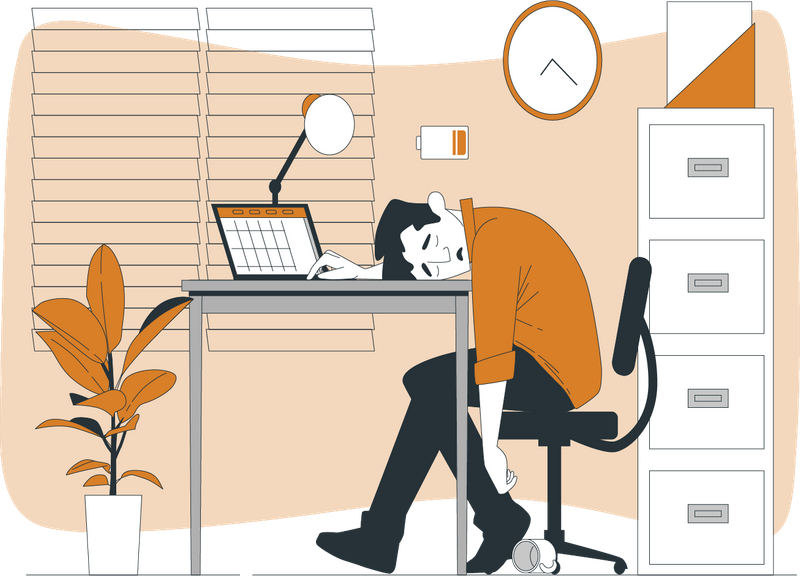
Image by storyset on Freepik and re-colored by Byte author.
Maybe you just left a teaching job after feeling burnout from working long hours and you're looking for work-life balance. Or maybe you're looking for the next step in your learning-focused career.
Instructional design (ID) is a great way for teachers, educators, and people from many other career fields to apply their skills in a new role.
Step 1: Is instructional design is for you?
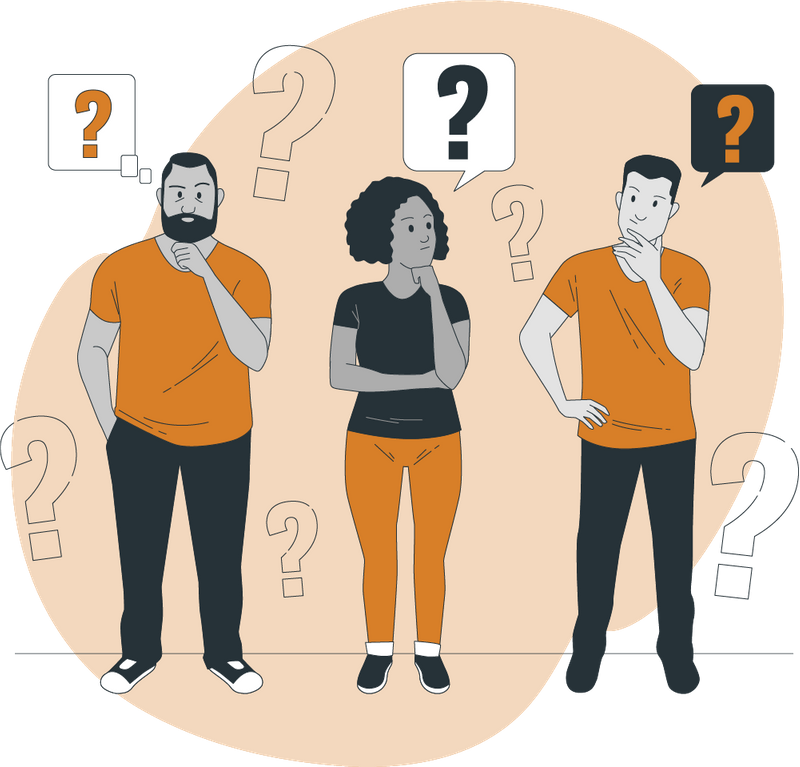
Image by storyset on Freepik and re-colored by Byte author.
You are a great fit for ID roles if you don't mind:
Writing lessons with learning objectives (LOs)
Applying learning theories into practical learning experiences
Using technology,like learning management systems (LMS) and design tools
Working on a team with clients, designers, and subject matter experts (SMEs)
Work-life balance, where you might have a more flourishing personal life
Step 2: Master the theories
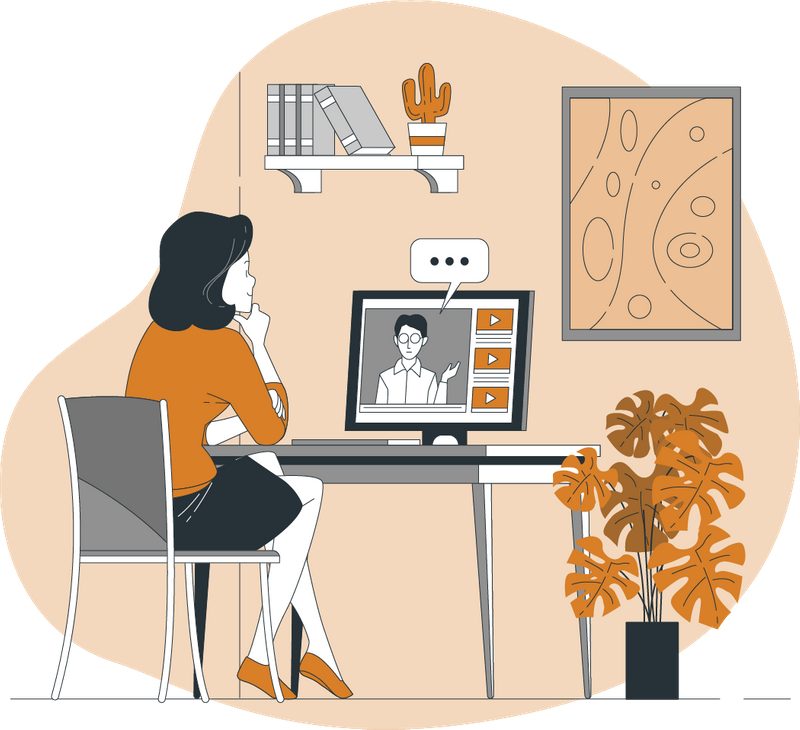
Image by storyset on Freepik and re-colored by Byte author.
Master relevant learning theories. Depending on the industry that you're passionate about, you'll have to master specific learning theories. Here, we'll focus on adult learning theories.
Get a foundation on these adult learning theories:
Step 3: Develop projects
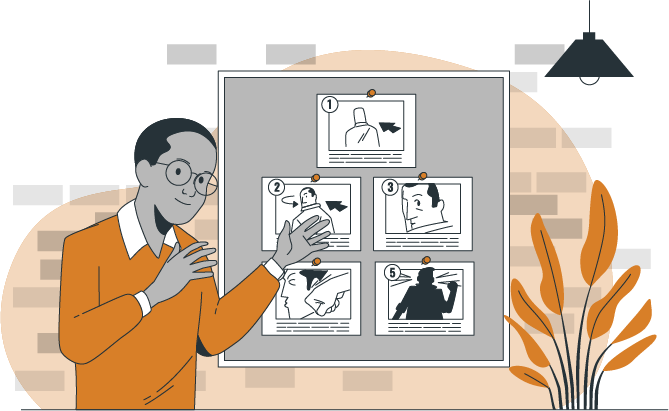
Image by storyset on Freepik and re-colored by Byte author.
Develop projects to show your skills. Recruiters expect to see a portfolio website or documents. Do you have projects from previous roles that you can re-use?
Your projects must show:
Needs analysis to determine client needs and goals
Action mapping or brainstorming ideas
Storyboarding your scenario-based project with relatable characters
Application of theories that you mastered
Design visuals with technical skills in software and programs
A final product to show all your skills
Step 4: Create your personal brand
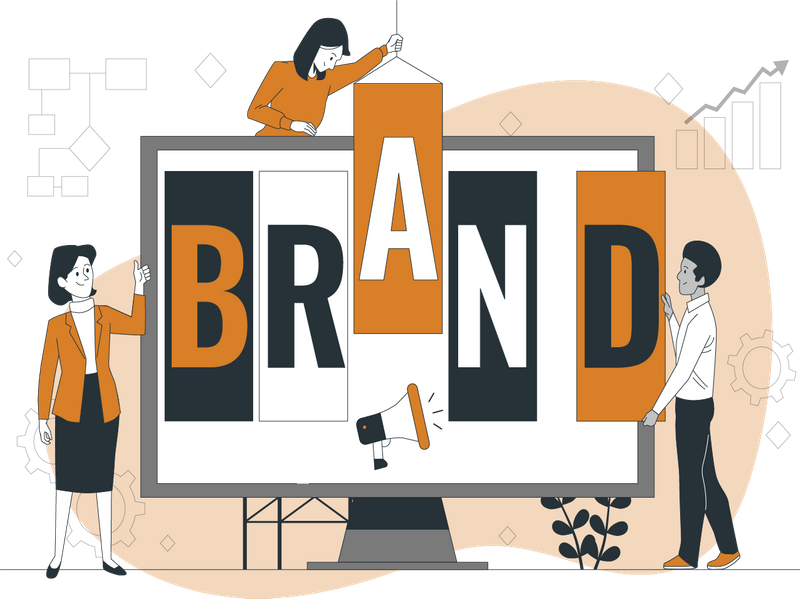
Image by storyset on Freepik and re-colored by Byte author.
There are a lot of awesome things about you. What specific projects do you like? If you were a brand, what would you look like?
Create your own personal brand by:
Exploring your favorites, like colors, fonts, illustration styles, and layouts
Applying user experience (UX) design best practices, especially in accessibility
Creating professional media, like headshots, business cards and logos
Writing your down your values and sticking to them!
Step 5: Construct a portfolio

Image by storyset on Freepik and re-colored by Byte author.
You don't need to know how to code to make a portfolio website. There are plenty of sites where you can choose pre-made options to fit your needs.
Construct a wonderful digital portfolio website with one of the following:
Step 6: Practice networking

Image by storyset on Freepik and re-colored by Byte author.
Grow with your professional contacts. Today, we are expected to connect digitally on online platforms for professional development and maybe get a job referral! Connect with curriculum developers, instructional designers, learning specialists, and technologists.
Practice daily or weekly professional networking by:
Making new connections by requesting, following, and messaging a short hello
Creating professional relevant posts with your new certifications and favorite designs
Nurturing your current connections to grow with your colleagues
Joining communities, such as Facebook groups, Slack channels or discord servers
Step 7: Prepare for interviews

Image by storyset on Freepik and re-colored by Byte author.
It is okay to have interview anxiety. Think of a time where things appeared to not be working out and then somehow they did. Know that you got this!
Learn how to interview for ID roles by:
Adjusting your resume and cover letter to job descriptions
Using videos or text resources specific to to the field
Refreshing yourself on interview professionalism
Develop and practice your answers using the STAR technique
Consider reducing interview anxiety with some breathing exercises
Examples of transferrable work skills:
Analyzing training needs = classroom lesson planning
Key performance indicators (KPIs) = learning objectives and goals
Learner personas = student personalities and backgrounds
Assessment results = quiz or exam performance
Quiz
You decide to transition into an instruction designer career after teaching K-12 science for 10 years. You're worried because you don't have a specific ID degree. What are some of your options?
Take Action
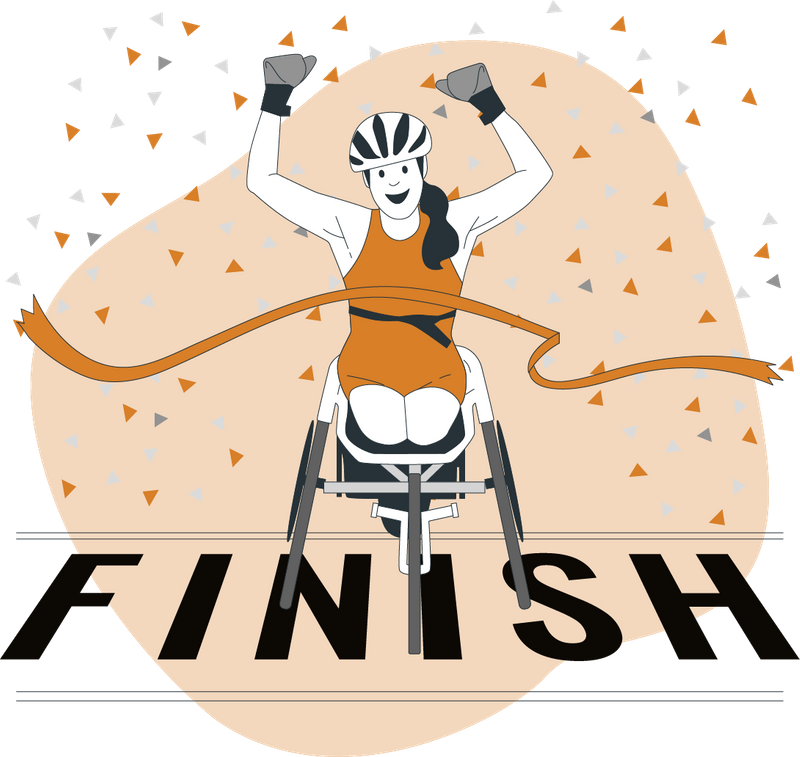
Image by storyset on Freepik and re-colored by Byte author.
It's time to celebrate your goal and work towards becoming an instructional designer!
Your feedback matters to us.
This Byte helped me better understand the topic.
